Together we will drive for a better tomorrow
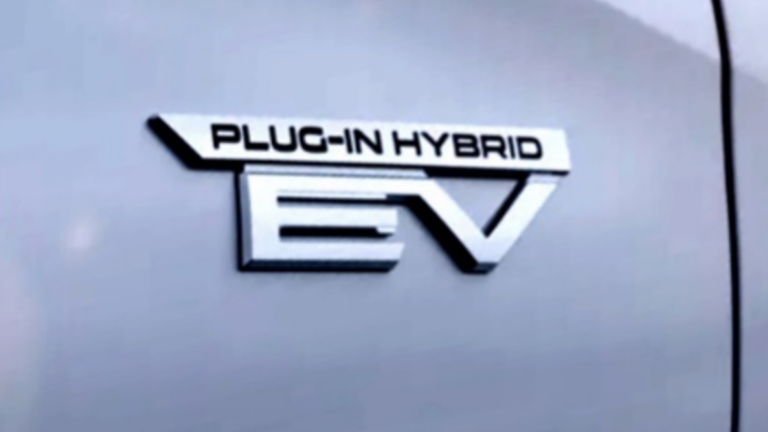
With the goal of passing on a beautiful planet to future generations, Mitsubishi Motors is dedicated to achieving carbon neutrality while also striving to deliver the perfromance drivers desire through.
The planet, people, and cars
Mitsubishi Motors has long promoted the transition to electrification alongside its efforts to address environmental and energy challenges. Looking back, we developed electrified vehicles※1 and brought them to market ahead of our competitors in response to air pollution in the 1960s, global warming in the 1990s, and energy challenges in the 2000s. While enhancing eco-friendly features, we have also focused on new value creation through electrification. This includes preserving the joy of driving, delivering smooth acceleration, and introducing features like power supply capabilities.
- ※1 Electrified vehicles: Battery Electric Vehicles(BEV), Plug-in Hybrid Electric Vehicles (PHEV), and Hybrid Electric Vehicles(HEV)
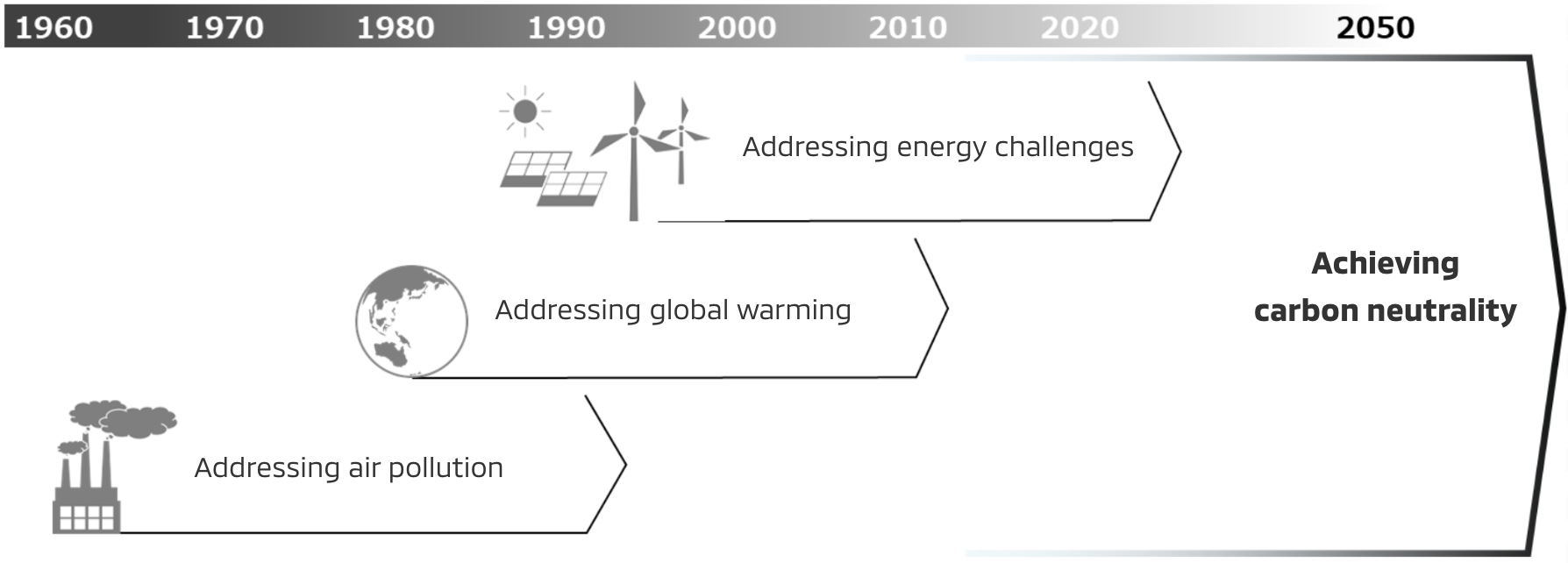
Unique EV driving experience MITSUBISHI MOTORS aims to achieve
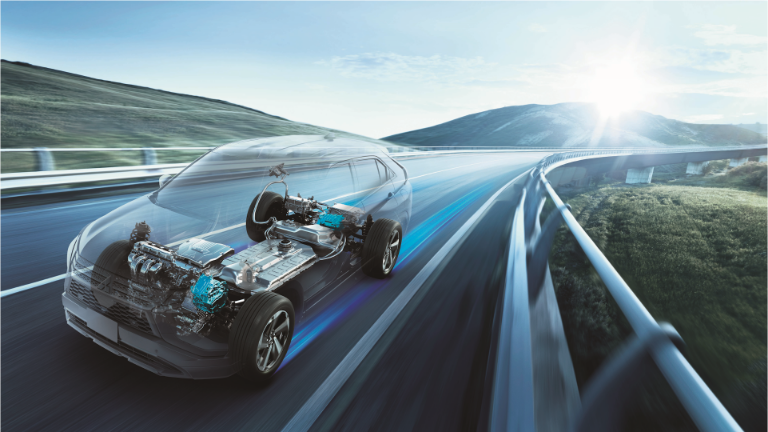
What did Mitsubishi Motors aim to achieve by going electric?
Rather than pursuing extreme acceleration from a high-powered motor, we focused on delivering the acceleration drivers desire. This means acceleration that is powerful when you press the pedal hard, and gentle when you press it lightly. The car accelerates quietly and smoothly, exactly as the driver intends. This is the responsive acceleration that Mitsubishi Motors strives for.
This concept was validated with the i-MiEV, electric vehicle that Mitsubishi Motors pioneered in 2009, showcasing the comfort of electric motor driving. When the vehicle accelerates just the way you want it to, not only does driving become more enjoyable, but also stress-free and less tiring because it is quiet, smooth, and free from engine vibration. Regardless of driving skill, anyone can drive easily, intuitively, and safely. And it makes you want to drive again. This is the unique EV driving experience that Mitsubishi Motors strives to deliver and that lives on in our current lineup of electric vehicles.
History
Mitsubishi Motors' journey with EVs began in 1966. In 1971, we introduced our first electric vehicle, the Minica Van EV, and have continued our research ever since. In 2009, we launched the world's first mass-produced EV, the i-MiEV, marking the start of the electric vehicle era. Later, in 2013, we released the OUTLANDER PHEV, a plug-in hybrid SUV that seamlessly integrates advanced EV and 4WD technologies.
BEV
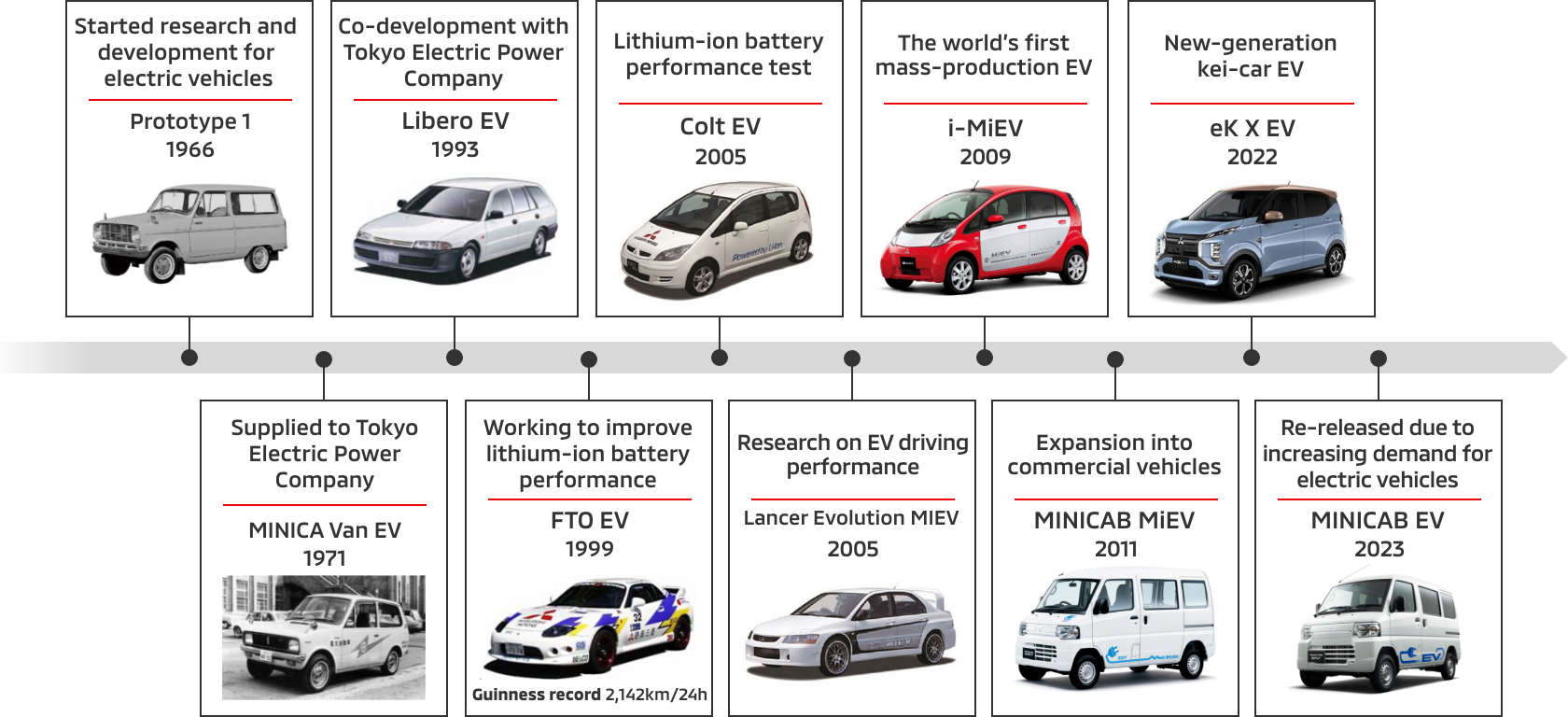
PHEV

PHEV concept
Eco-friendly EV driving for daily use, worry-free hybrid driving for long distances
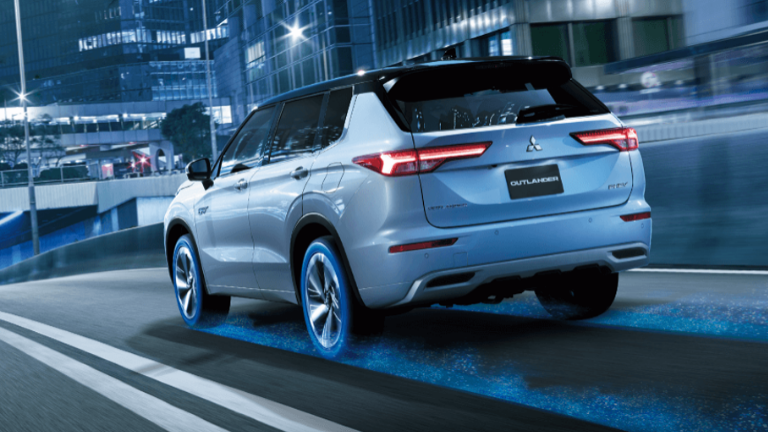
Charge at home or at a charging station. Clean, cost-effective EV driving using power stored in the battery.
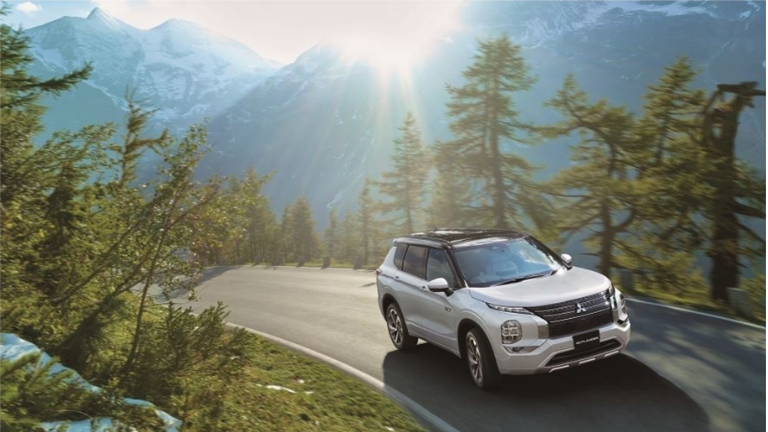
When the battery is low, the engine takes over to supply power. Motor-driven HEV driving without worrying about battery levels.
PHEV system
OUTLANDER PHEV
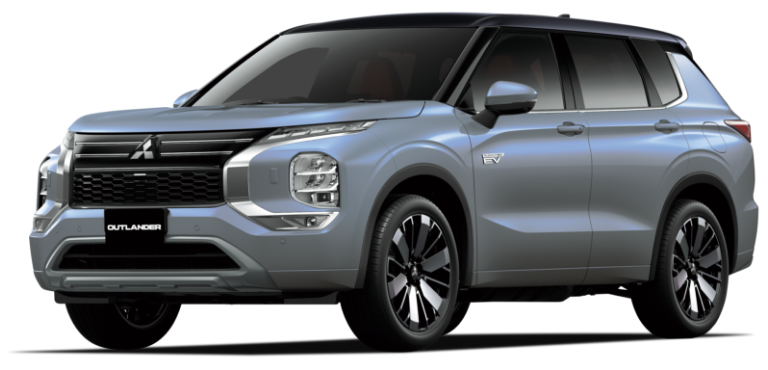
With motors mounted in the front and rear, twin-motor 4WD system delivers a powerful driving experience unique to electrified vehicles. It seamlessly switches between EV driving powered by the drive battery, motor driving powered by engine-generated electricity, and engine-based driving, depending on driving conditions.
EV Mode
In this mode, our PHEVs run on the motors using power stored in the battery, without using gasoline or emitting CO₂ while running. Drivers can enjoy the quiet, clean, and powerful running feel of the motors.
HEV Modes
- Series Hybrid Mode
In this mode, our PHEVs use the engine as a generator to run the motors in combination with power from the batteries. - Parallel Hybrid Mode
In this mode, our PHEVs primarily run using the high-efficiency engine at high speeds, and apply the excess engine output to generate power for charging the battery pack. The motors assist the engine during acceleration.
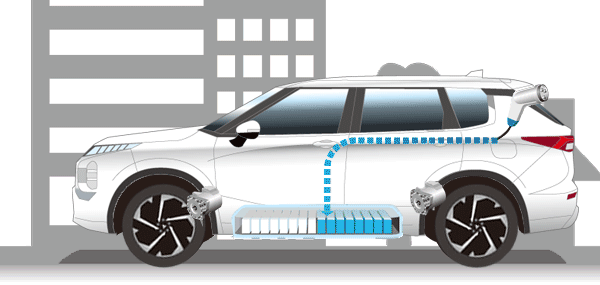
Appeal of MITSUBISHI MOTORS' PHEVs
Ease and comfort of electric motor driving
Electric motors deliver smooth, powerful acceleration from the moment you press the accelerator. With high-output motors in both the front and rear, combined with a large-capacity, high-performance drive battery, these vehicles provide a driving experience that responds exactly as the driver intends.
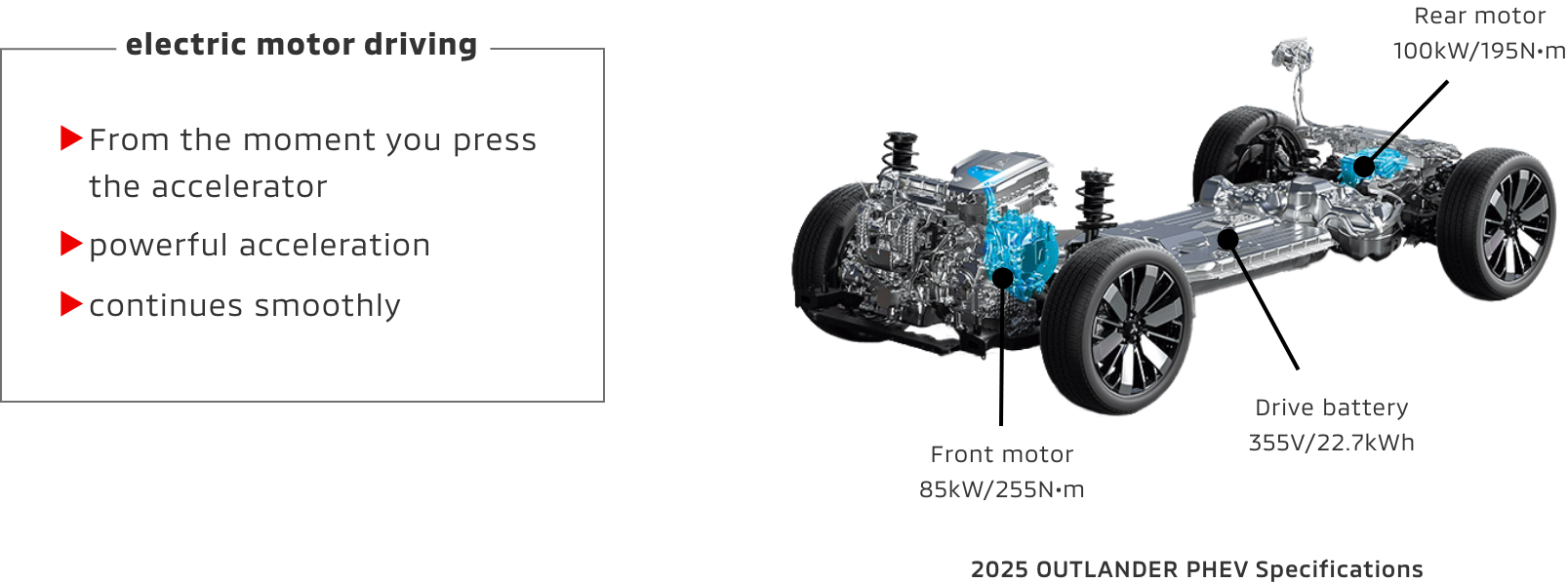
Optimal EV driving range
PHEVs come equipped with a drive battery that can handle most daily driving in full electric mode. For longer trips, the high-efficiency engine also operates for power generation and propulsion, ensuring worry-free long-distance travel. With an optimally sized battery, PHEVs achieve low CO₂ emissions throughout their lifecycle—from raw material sourcing to production and disposal.

Total emissions, from raw material sourcing to production and disposal.

"Note: Mitsubishi Motors' own assessment of net CO₂ emissions as of 2025.
Total emissions are lower for Europe than Japan due to lower CO₂ emissions during power generation.
Values of the graph vary depending on such factors as CO₂ emissions during power generation and lifetime mileage.”
Values when parked
Power supply performance
The vehicle is equipped with a 100V AC power outlet capable of providing up to 1,500W, allowing the use of high-power devices such as lighting and cooking equipment during outdoor leisure activities or outings. By utilizing the stored battery and engine-generated power, it can provide up to 11 days※1 of electricity for home use.
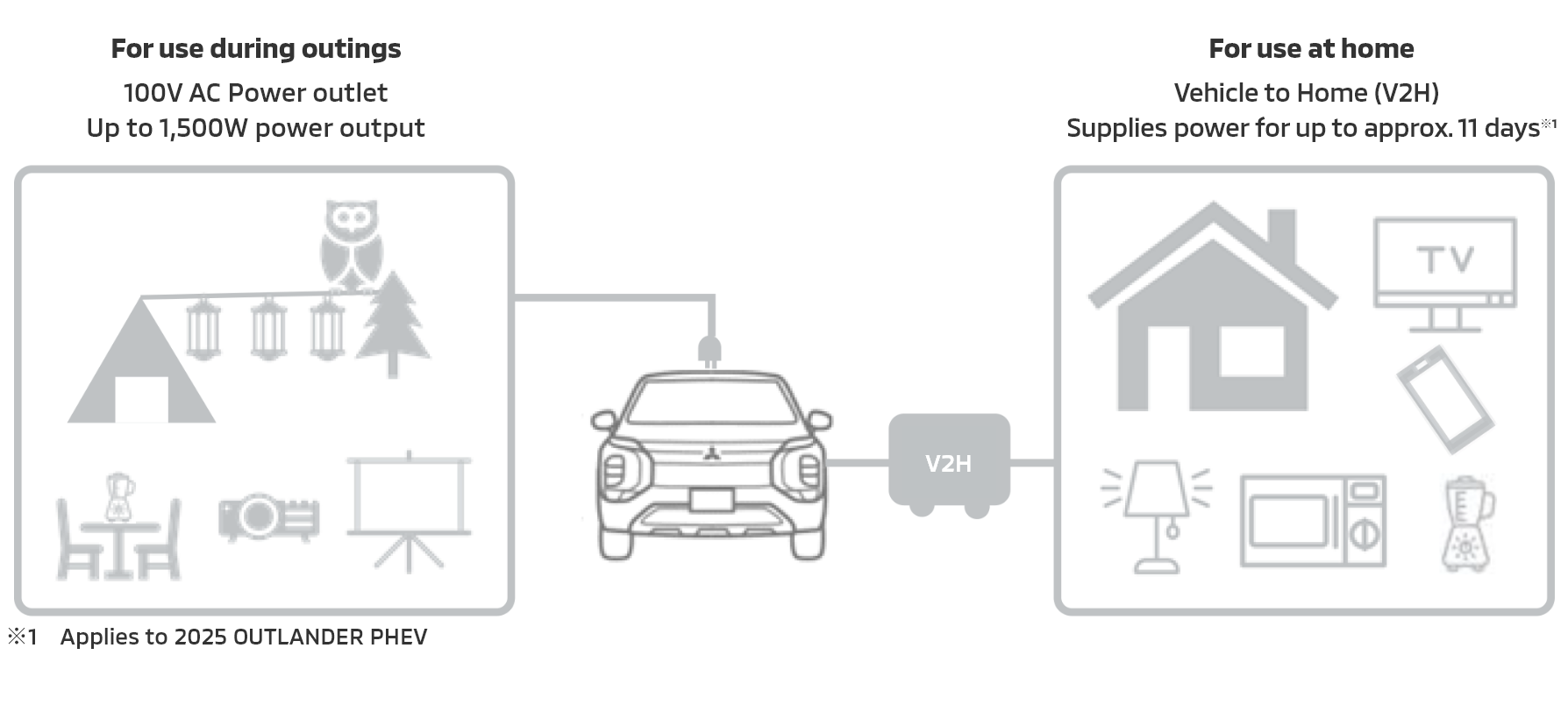
Helpful in case of emergencies
DENDO Community Support Program [Japan]
Electric vehicles can provide power on demand, making them useful during emergencies. In the event of a disaster, these vehicles can be quickly deployed to areas experiencing power outages, providing power supply to support local communities.


Support activities utilizing Mitsubishi Motors’ PHEVs, partnered with many local governments.